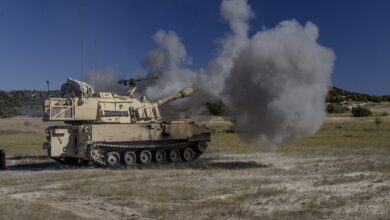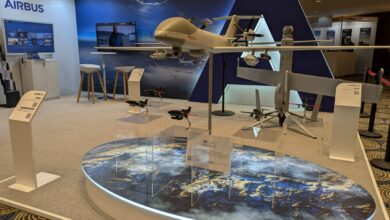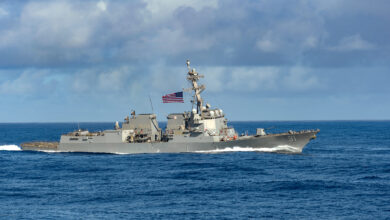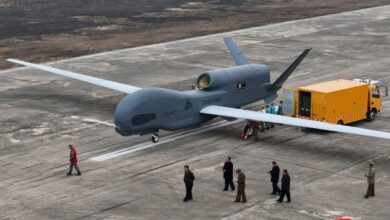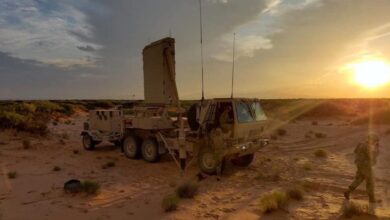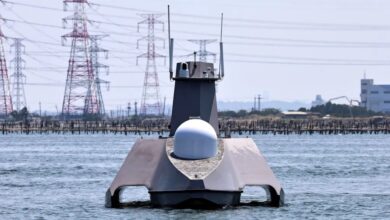US Army Demonstrates Latest Multi-Mission Radar as Anti-Drone Capability
The US Army has demonstrated its Q-53 Multi-Mission Radar (MMR) for a counter-drone mission in Yuma, Arizona, Lockheed Martin announced.
At the demo, the Q-53 was integrated with the army’s Forward Area Air Defense Command and Control system.
The two platforms performed as the primary fire control source and relayed tracking data to a Coyote Block 2 drone interceptor.
“The Q-53 radar has a long history of exceeding Army requirements and adapting to their evolving missions,” Lockheed Martin Army Radars Director David Kenneweg said.
“This recent testing milestone reflects our ongoing commitment to enhance and upgrade the system capability.”
The trial builds on a Q-53 modernization contract awarded by the US Army to Lockheed Martin to enhance the radar’s “future capability and maintain superior performance over peer and near-peer adversaries.”
According to the company, work for the program included support for Long Range Precision Fires and Air Missile Defense missions.
“The Army’s Q-53 MMR can enhance air surveillance capabilities and integrate with C2 systems and broader weapon systems, enabling Soldiers to detect threats and make decisions faster.”
The Q-53 MMR
Lockheed Martin’s Q-53 MMR replaces the legacy AN/TPQ-36 and AN/TPQ-37 medium-range radars previously used by the US Army.
Alongside drones, the system can detect mortars, rockets, artillery, and other emerging threats.
The solid-state phased array radar uses a single sensor to combine surveillance and target acquisition. It can also track and identify enemy indirect fire locations in 90 and 360-degree modes.
To date, Lockheed Martin has delivered 195 Q-53s to the US Army and international customers.



